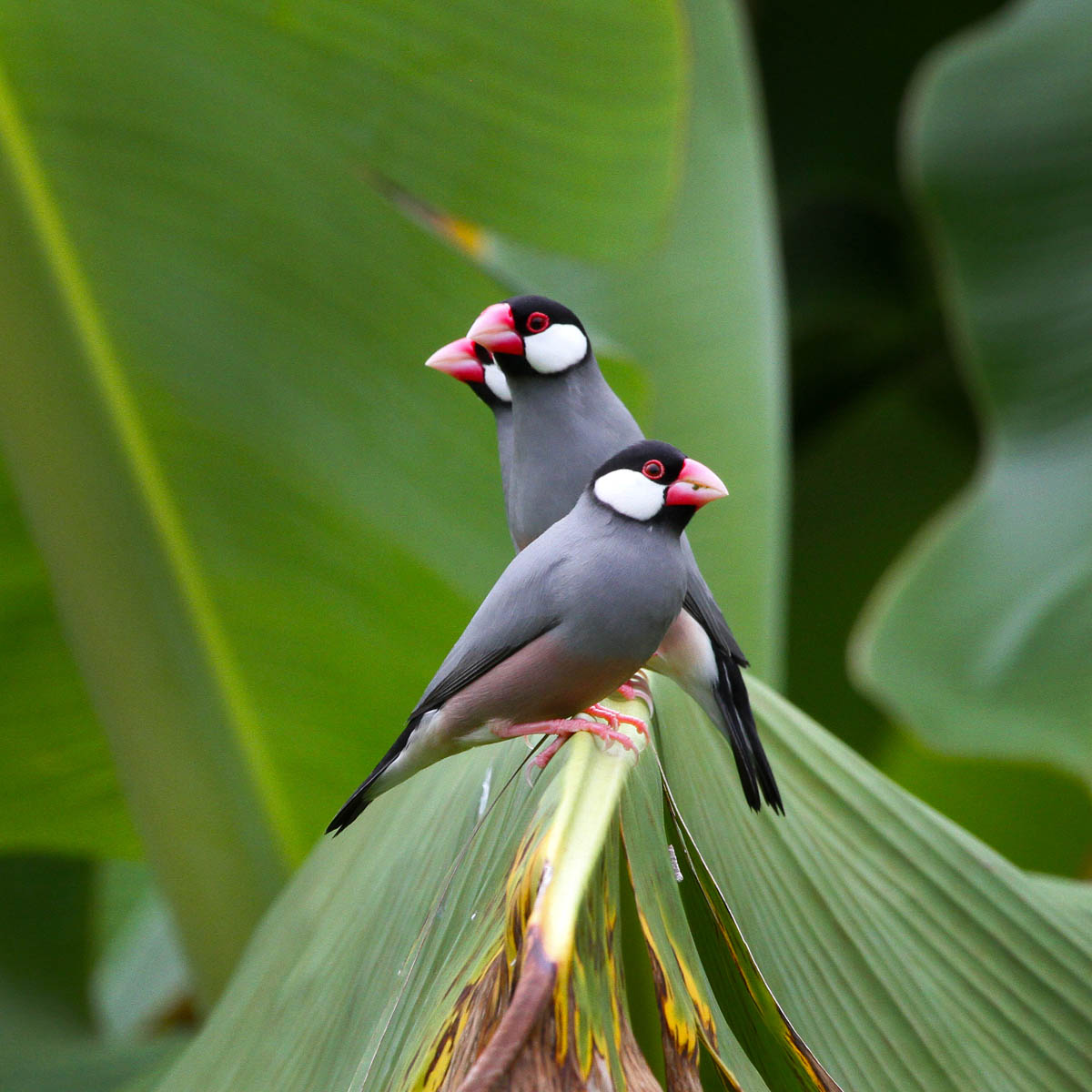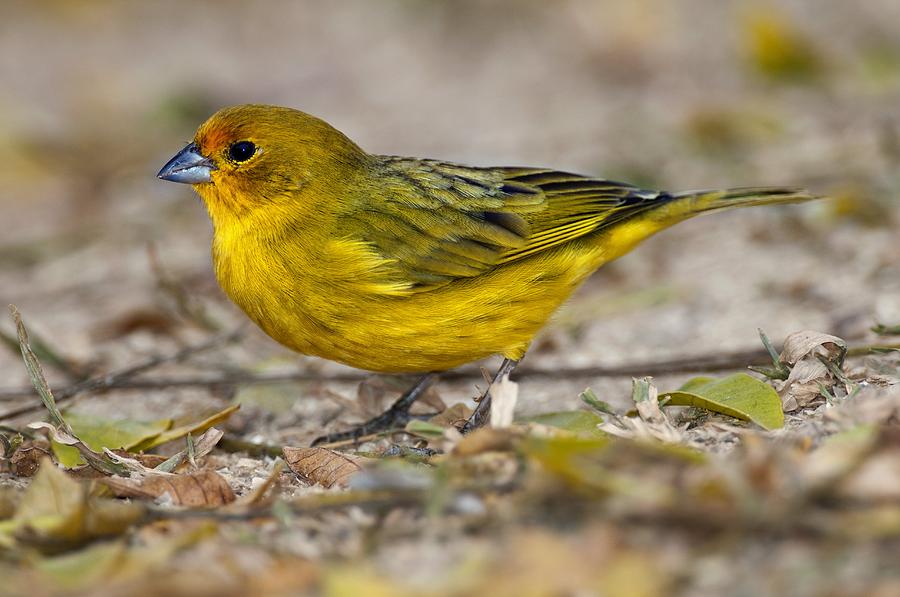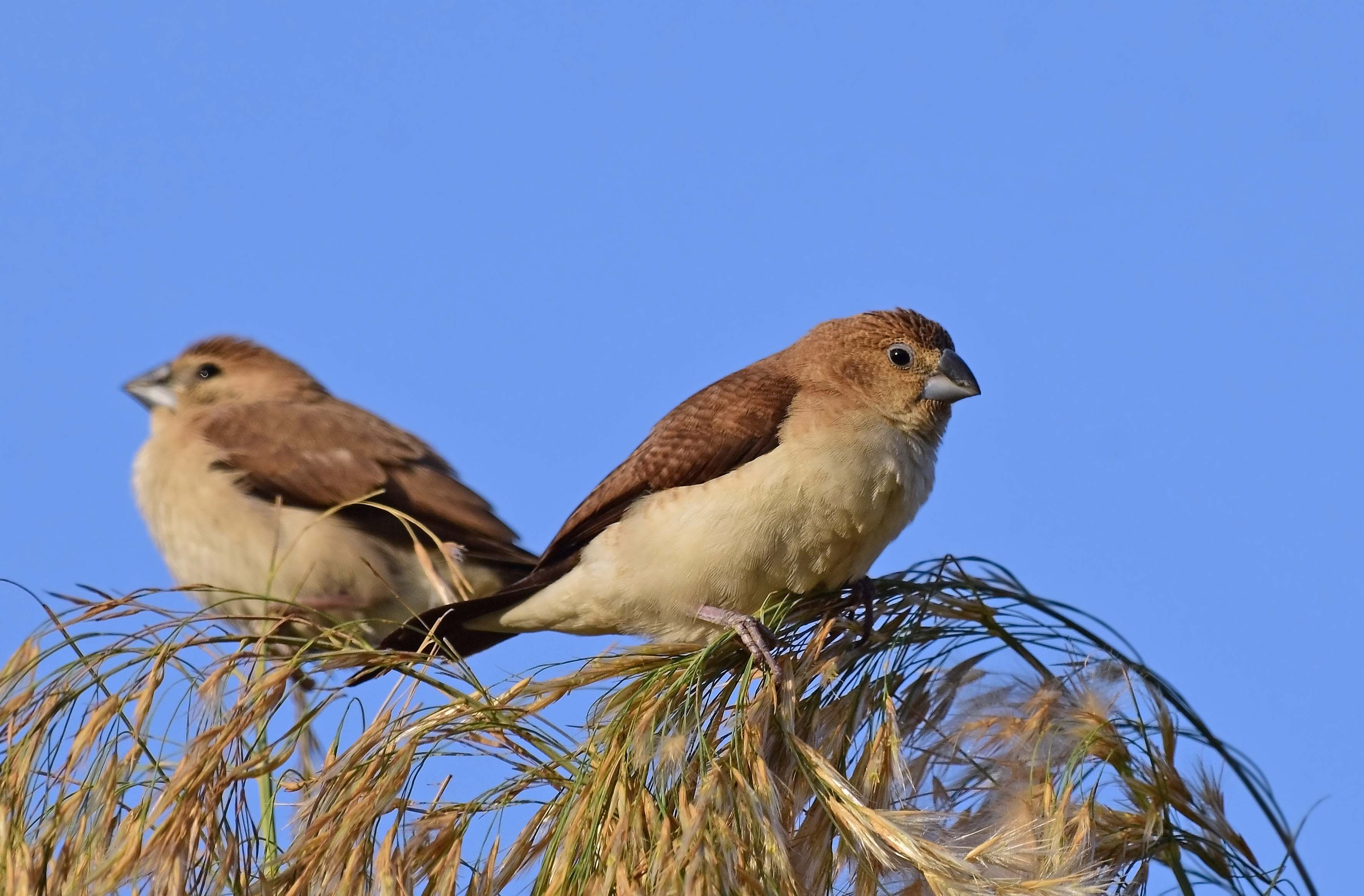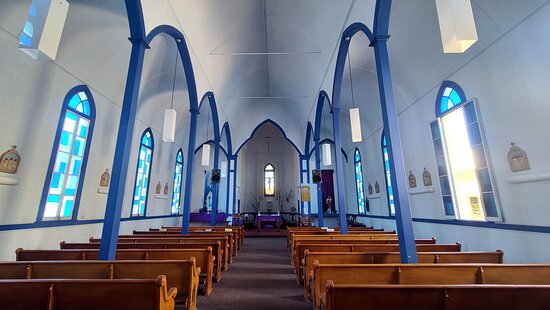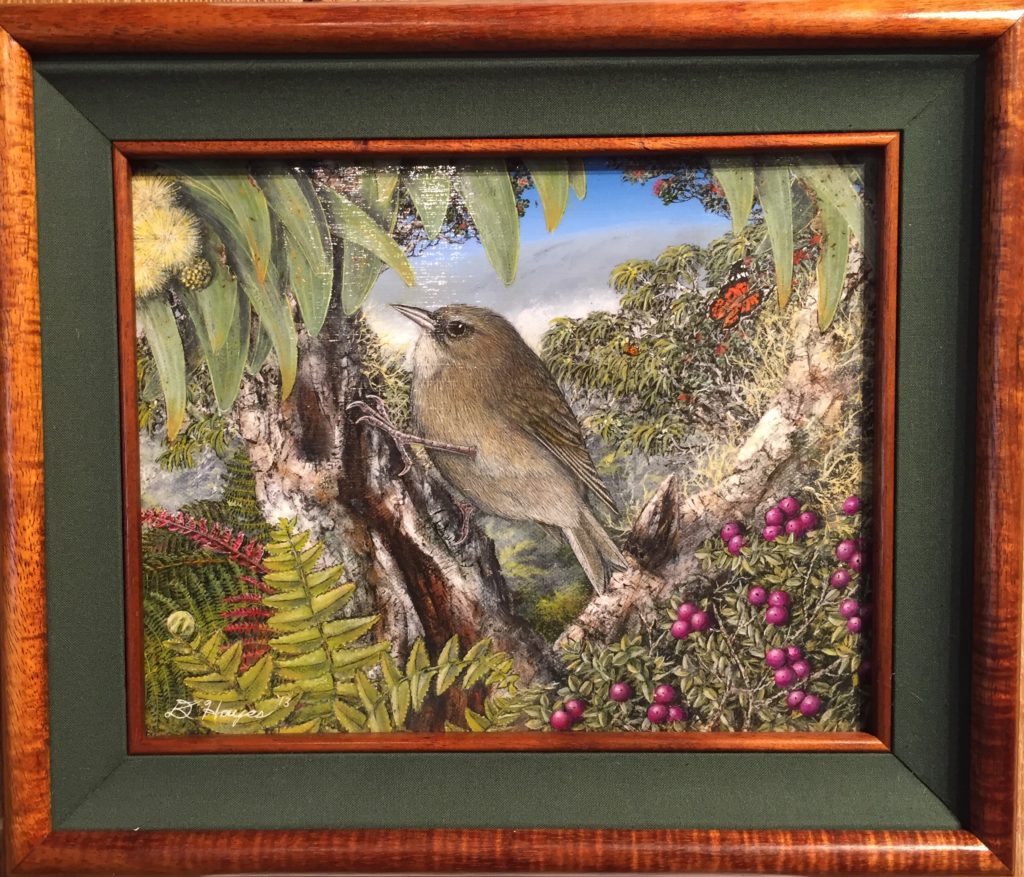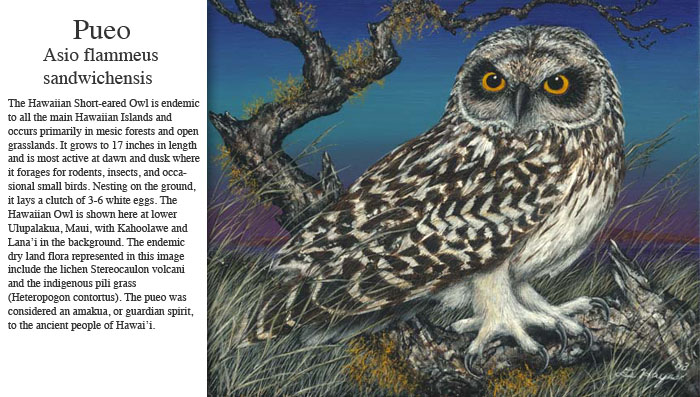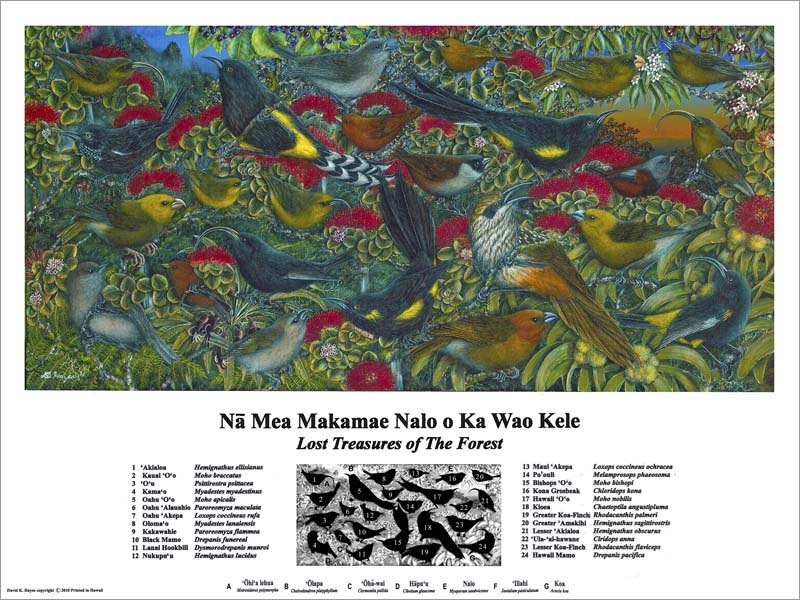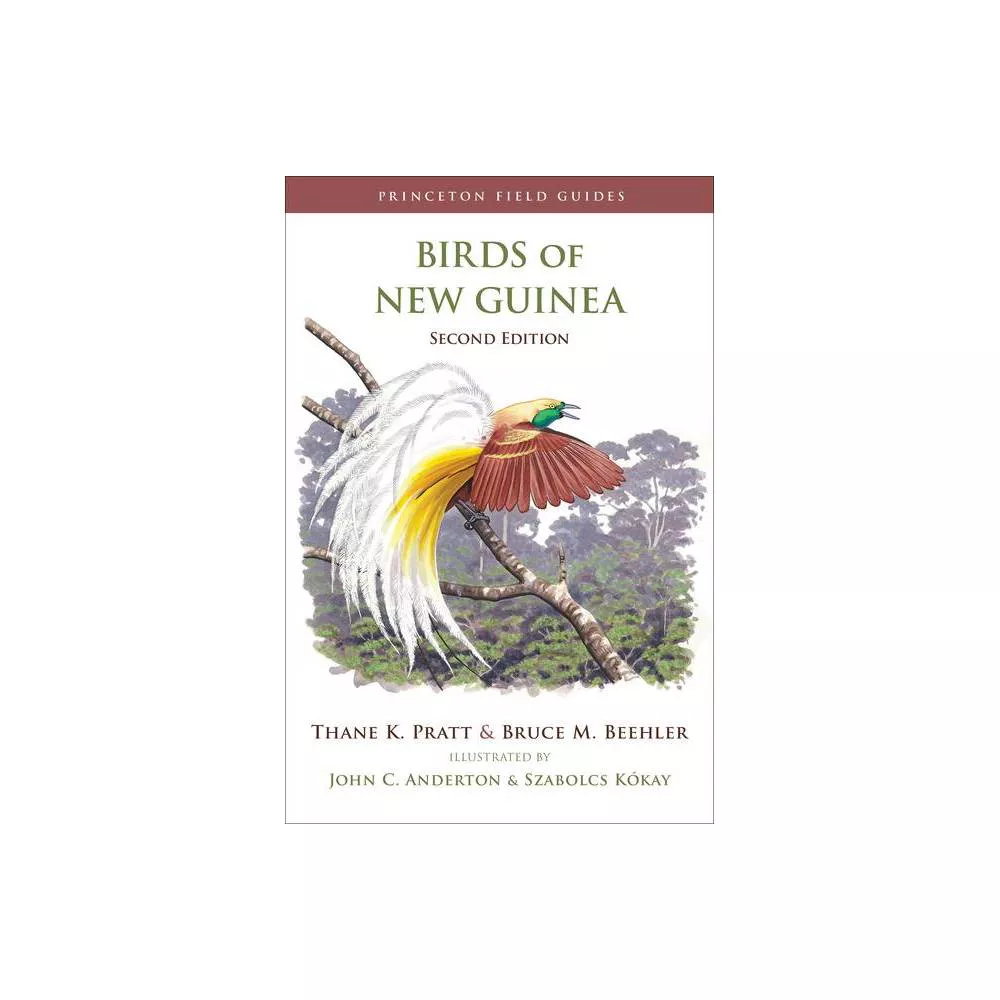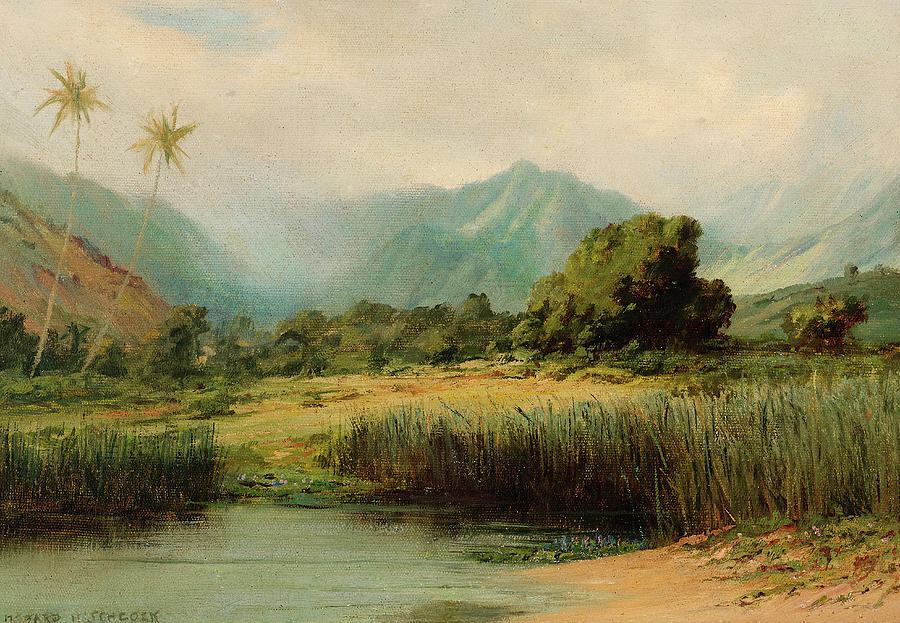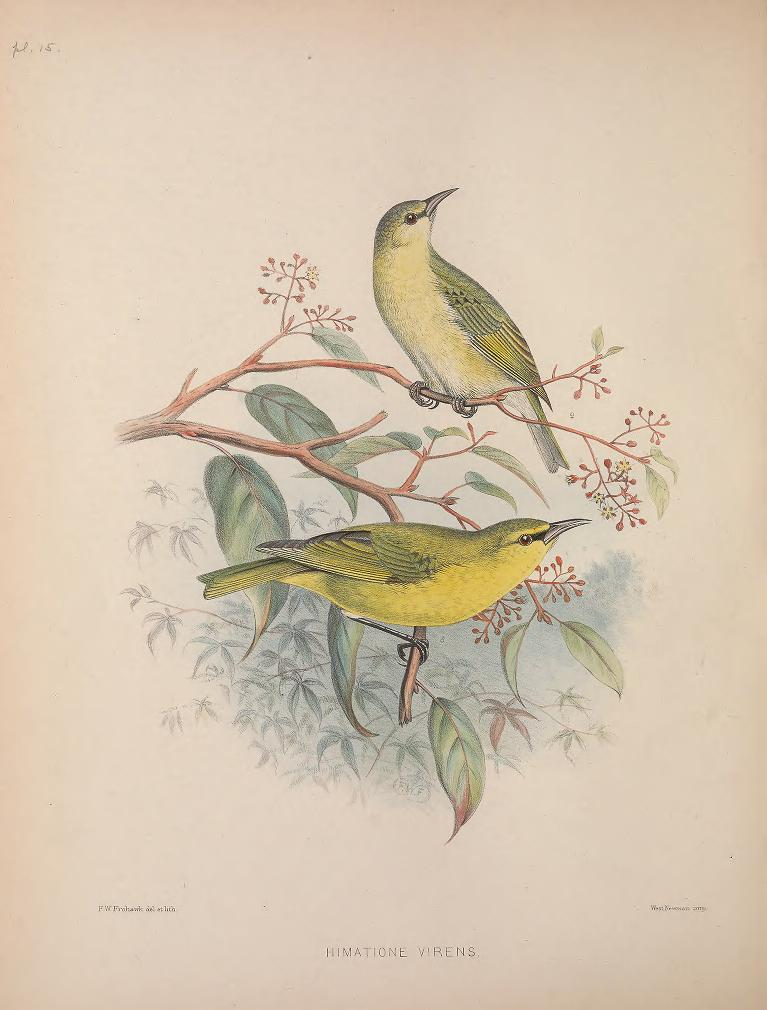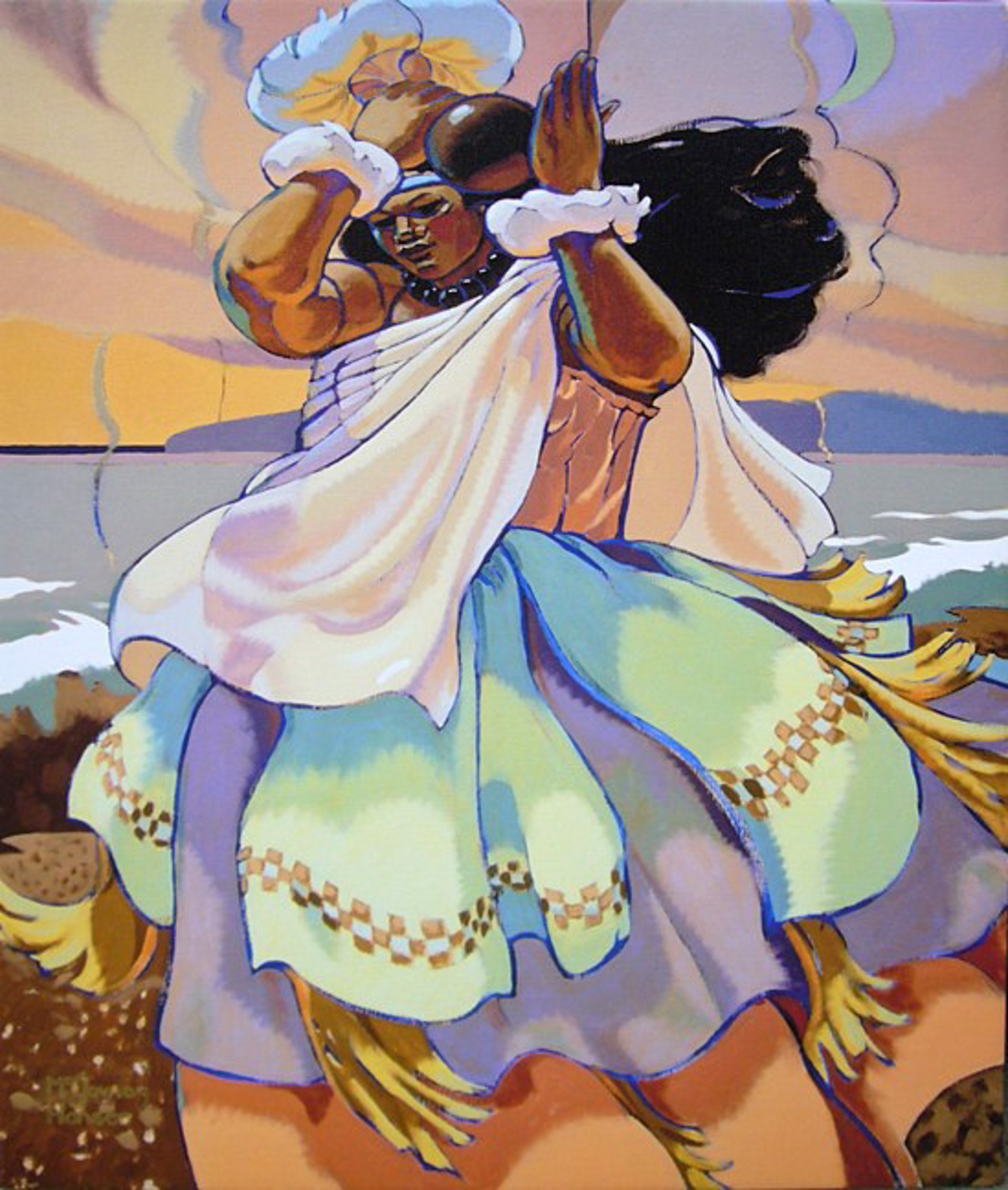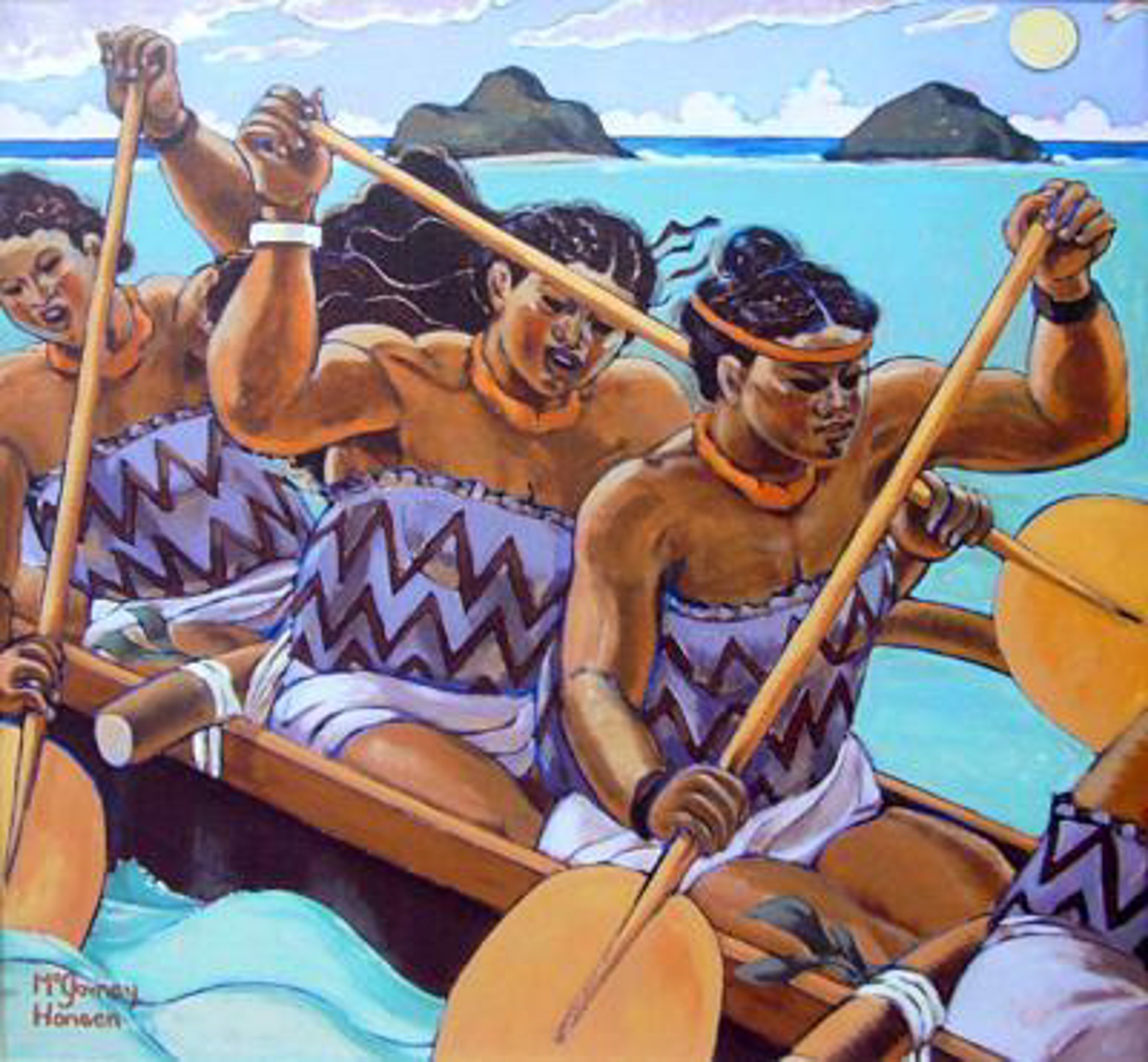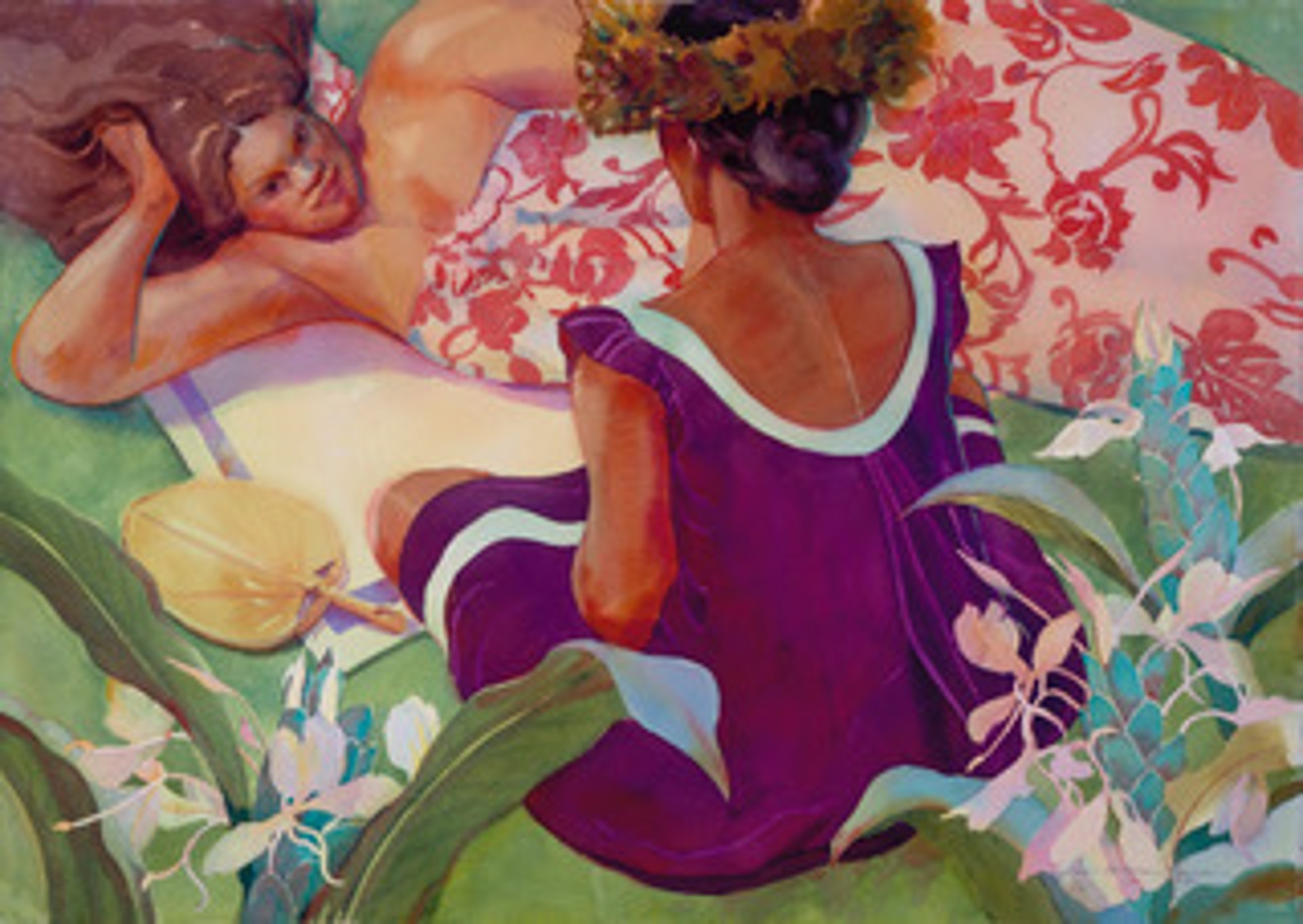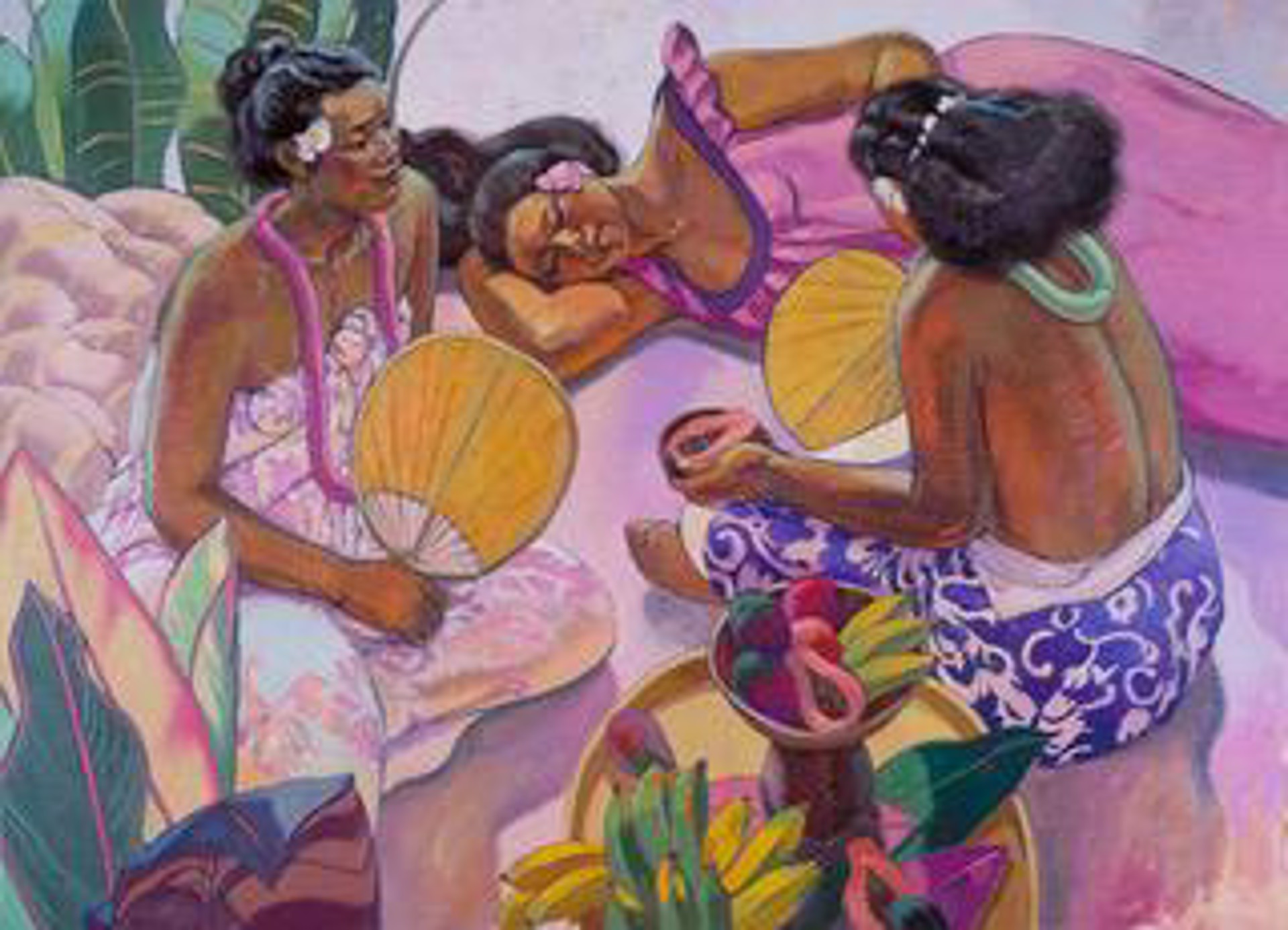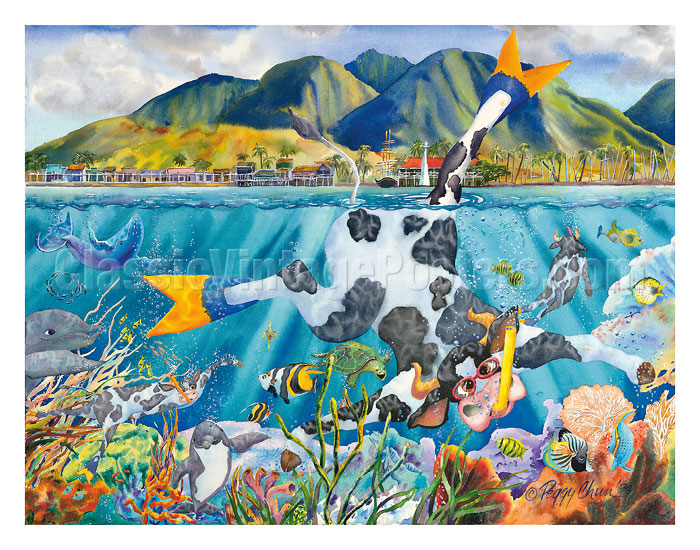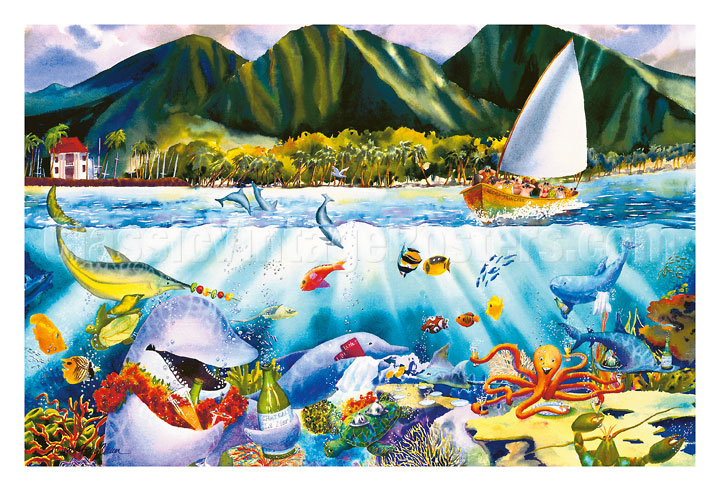Why is the subject of the Pieta so meaningful during Lent? It allows the viewer to enter into and experience the suffering of both Jesus and Mary. It reminds us that Jesus and Mary both knew first hand what it is to suffer. Their union is visible, they are still one despite the loss. This is how we should approach loss and suffering, as a way to bring people closer together.
In this image we see Mary as the focus as she mourns over the corpse of Jesus. In some works she may have the body on her lap or in her arms. This is a counterpoint to the Madonna and Child. Mary never abandons herself to her grief; she retains her composure, her serenity.
The image is as surprisingly serene as it is heart-wrenching, but also invites feelings of hope and anticipation.
It is why we have
been so concerned for and with
the people of the
(Icon:
Lyubov Yatskiv-


.jpg)






